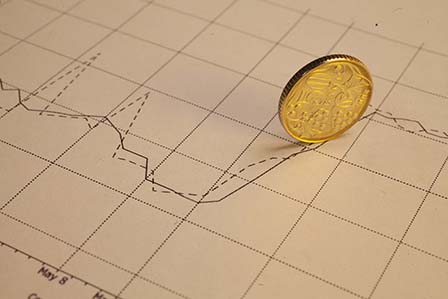Welcome to the official website of the National Bank of Moldova!
- Information on financial and economic activities of banks
- The weighted average interest rates and volumes on new granted loans
- The weighted average interest rates and volumes on new attracted deposits
- Balance of Payments of the Republic of Moldova
- The structure of deposits of the banking sector
- The structure of credit portofolio of the banking sector (on branches)
- Reference interbank market interest rates (CHIBID/CHIBOR)
- Results of Government securities auctions
- Official exchange rates















